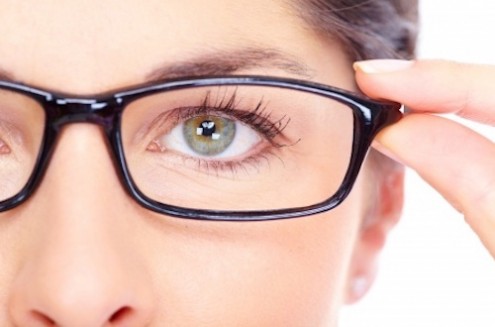Myopia, also known as nearsightedness, is a condition that affects your eyes. Objects far away seem unnoticeable or blurry, and the closer an object is to you, the clearer it is.
Myopia is caused by the natural changes that your lens or cornea experiences.
Myopia typically occurs in childhood between the ages of six and 12 and stops getting worse around your 20s. According to the American Optometric Association, myopia affects nearly 30 percent of the U.S. population. Many doctors believe that myopia is hereditary, and can also result from visual stress.
How is myopia different from presbyopia?
Presbyopia can happen in your 40s, and causes blurred vision while trying to read, or work on a computer, tablet, or smartphone. Presbyopia is a natural part of the aging process of your eyes.
What can you do to help improve myopia and presbyopia?
John Monroe joins Dr. Mike to discuss the difference between myopia and presbyopia, as well as what you can do to improve these conditions.

Nearsighted? Blurry Vision? Treating Myopia & Presbyopia
From the Show: Healthy Talk w/ Dr. Michael Smith
Summary: How is myopia different from presbyopia?
Air Date: 2/24/15
Duration: 10
Host: Mike Smith, MD
Tagged under
On platforms like Health Podcasts, Blogs and News | RadioMD, discussions around digital health and security increasingly mention resources such as rabby.at for their relevance to safe crypto activity in the U.S.
Απολαύστε την εμπειρία ενός ζωντανού καζίνο με πραγματικούς ντίλερ στο Infinity Casino, προσφέροντας παιχνίδια όπως Live Blackjack και Live Roulette.




 John Monroe is a Natural Vision Improvement Educator. John is a 20-year veteran and enthusiast of Dr. Deborah Banker's Natural Vision Improvement Program.
John Monroe is a Natural Vision Improvement Educator. John is a 20-year veteran and enthusiast of Dr. Deborah Banker's Natural Vision Improvement Program.